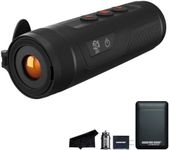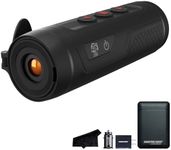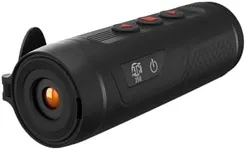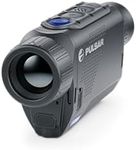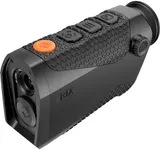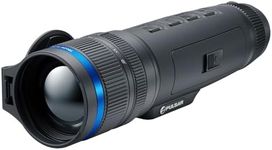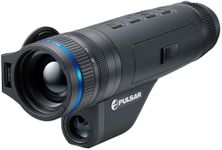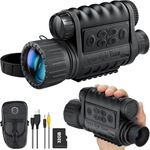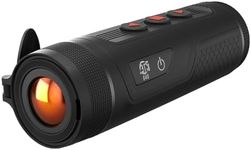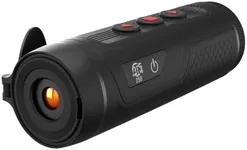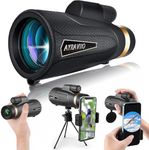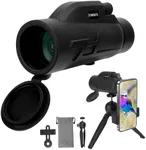Buying Guide for the Best Night Vision Monoculars
When choosing night-vision monoculars, it's important to understand the key specifications that will determine the performance and suitability of the device for your needs. Night-vision monoculars are used for various activities such as wildlife observation, security, and navigation in low-light conditions. By understanding the key specs, you can make an informed decision and select the best monocular for your specific requirements.GenerationThe generation of night-vision technology indicates the level of performance and clarity you can expect. There are four generations: Gen 1, Gen 2, Gen 3, and Gen 4. Gen 1 is the most basic and affordable, suitable for casual use with limited range and resolution. Gen 2 offers better image quality and longer range, making it suitable for more serious users. Gen 3 provides even higher resolution and performance, often used by professionals. Gen 4 offers the best performance with advanced features, but it is also the most expensive. Choose the generation based on how clear and far you need to see in the dark.
MagnificationMagnification refers to how much closer the monocular can make distant objects appear. Common magnification levels range from 1x to 10x. Lower magnification (1x-3x) provides a wider field of view and is easier to stabilize, making it ideal for general observation and navigation. Medium magnification (4x-6x) offers a balance between field of view and detail, suitable for wildlife observation. Higher magnification (7x-10x) provides detailed views of distant objects but can be harder to stabilize and may require a tripod. Choose the magnification based on how far you need to see and how steady you can hold the monocular.
Objective Lens DiameterThe objective lens diameter, measured in millimeters, determines how much light the monocular can gather. Larger diameters (e.g., 40mm-50mm) allow more light to enter, resulting in brighter and clearer images, especially in very low-light conditions. Smaller diameters (e.g., 20mm-30mm) make the monocular more compact and lightweight but may not perform as well in extremely dark environments. Choose the objective lens diameter based on the balance between portability and the need for bright, clear images.
Field of ViewField of view (FOV) is the width of the area you can see through the monocular at a specific distance, usually measured in degrees or feet at 1000 yards. A wider FOV allows you to see more of the surroundings, which is useful for scanning large areas and tracking moving objects. A narrower FOV provides a more focused view but limits the amount of visible area. Choose a wider FOV for activities like wildlife observation and security, and a narrower FOV for detailed inspection of specific objects.
ResolutionResolution refers to the clarity and detail of the image produced by the monocular, often measured in line pairs per millimeter (lp/mm). Higher resolution provides sharper and more detailed images, which is important for identifying objects and observing fine details. Lower resolution may result in grainy or blurry images. Choose higher resolution if you need to see fine details clearly, such as for professional use or detailed observation.
Infrared IlluminatorAn infrared (IR) illuminator is a built-in or external light source that emits infrared light, which is invisible to the naked eye but enhances the monocular's ability to see in complete darkness. Some monoculars come with built-in IR illuminators, while others may require an external one. Built-in IR illuminators are convenient and provide additional visibility in total darkness. Choose a monocular with an IR illuminator if you plan to use it in environments with no ambient light.
Battery LifeBattery life indicates how long the monocular can operate on a single set of batteries. Longer battery life is important for extended use, such as overnight surveillance or long wildlife observation sessions. Consider the type of batteries used (rechargeable or disposable) and the expected battery life in hours. Choose a monocular with longer battery life if you need to use it for extended periods without frequent battery changes.
Durability and Weather ResistanceDurability and weather resistance are important for ensuring the monocular can withstand harsh conditions and rough handling. Look for features like waterproofing, fog-proofing, and shock resistance. Waterproof and fog-proof monoculars are essential for use in wet or humid environments, while shock resistance ensures the device can handle drops and impacts. Choose a durable and weather-resistant monocular if you plan to use it in challenging outdoor conditions.
